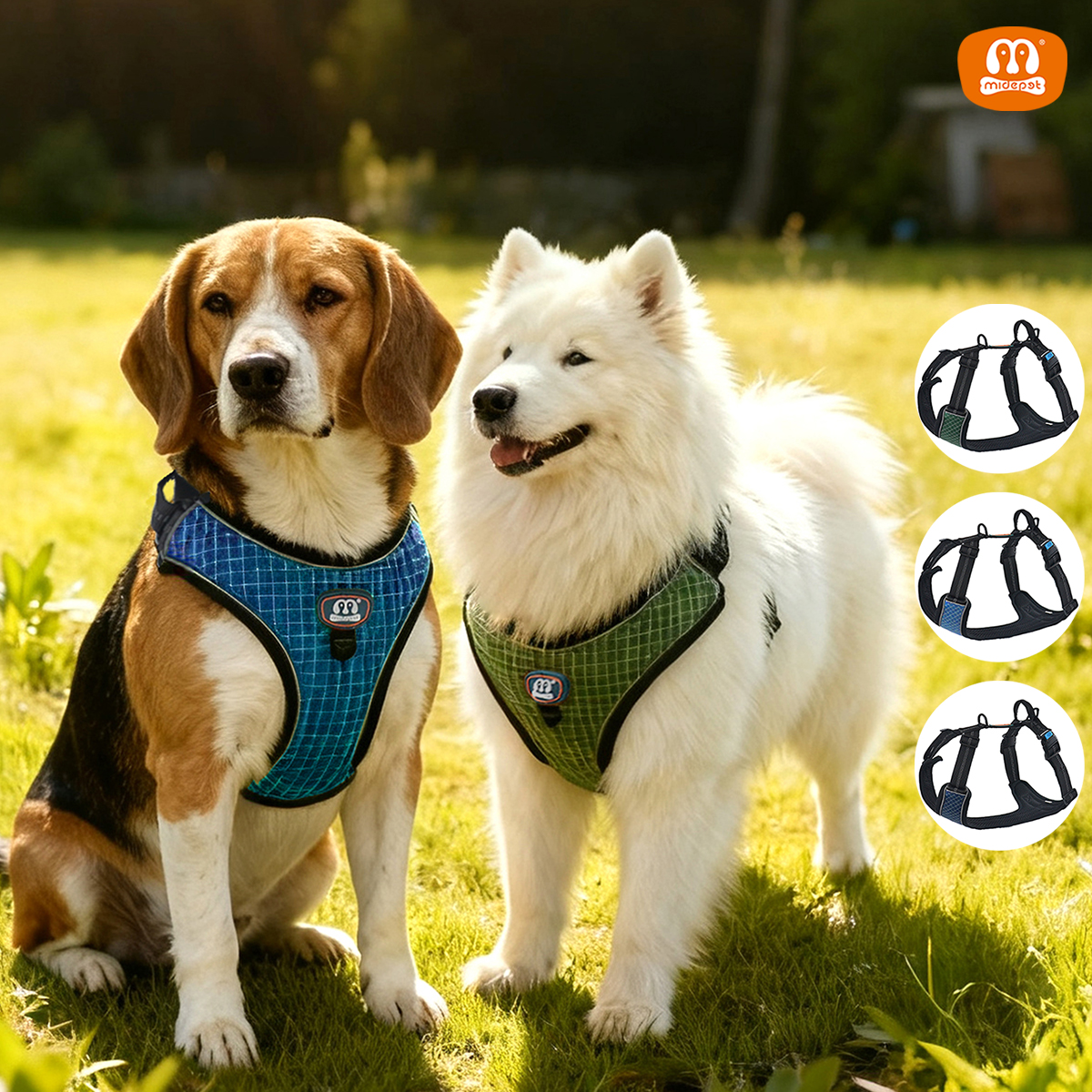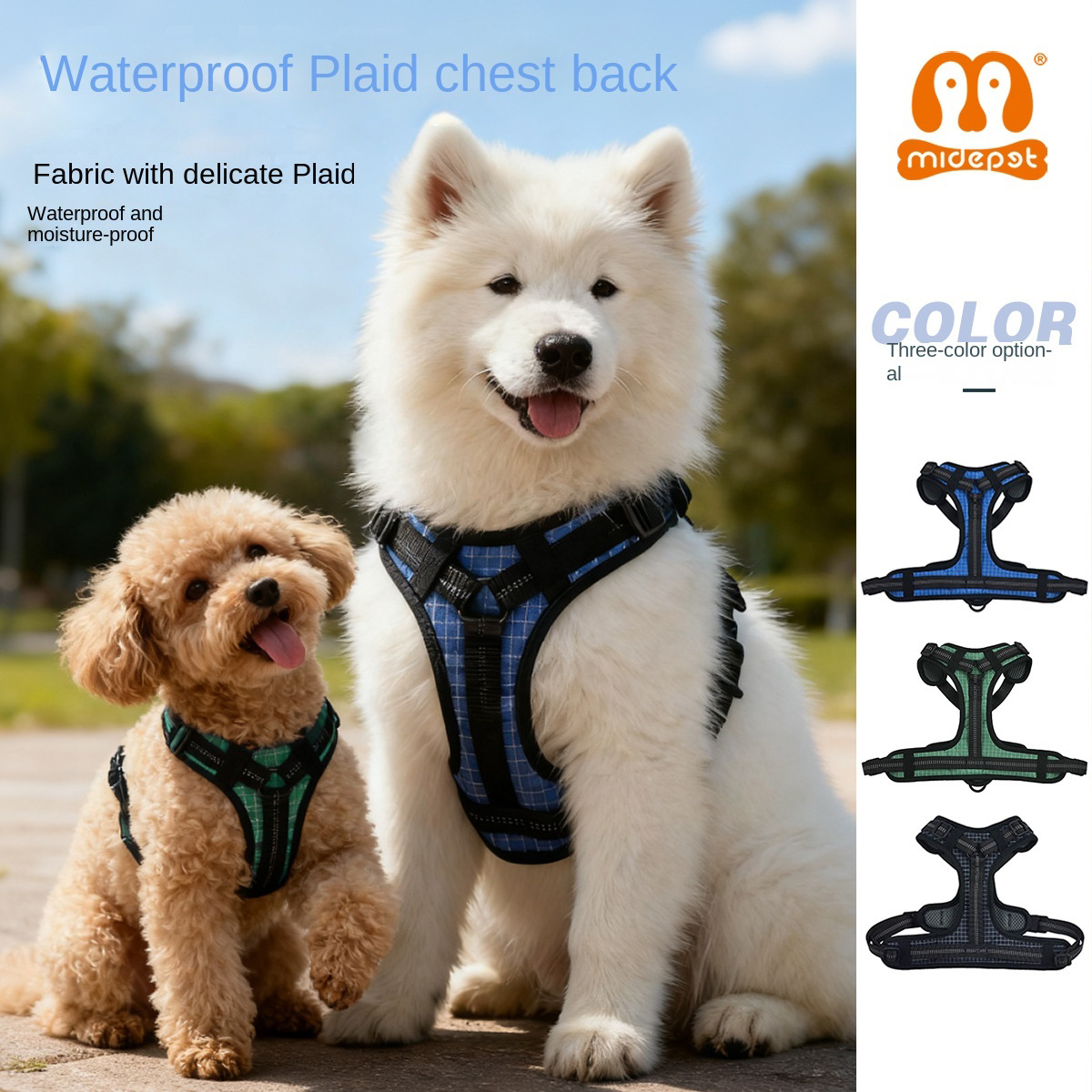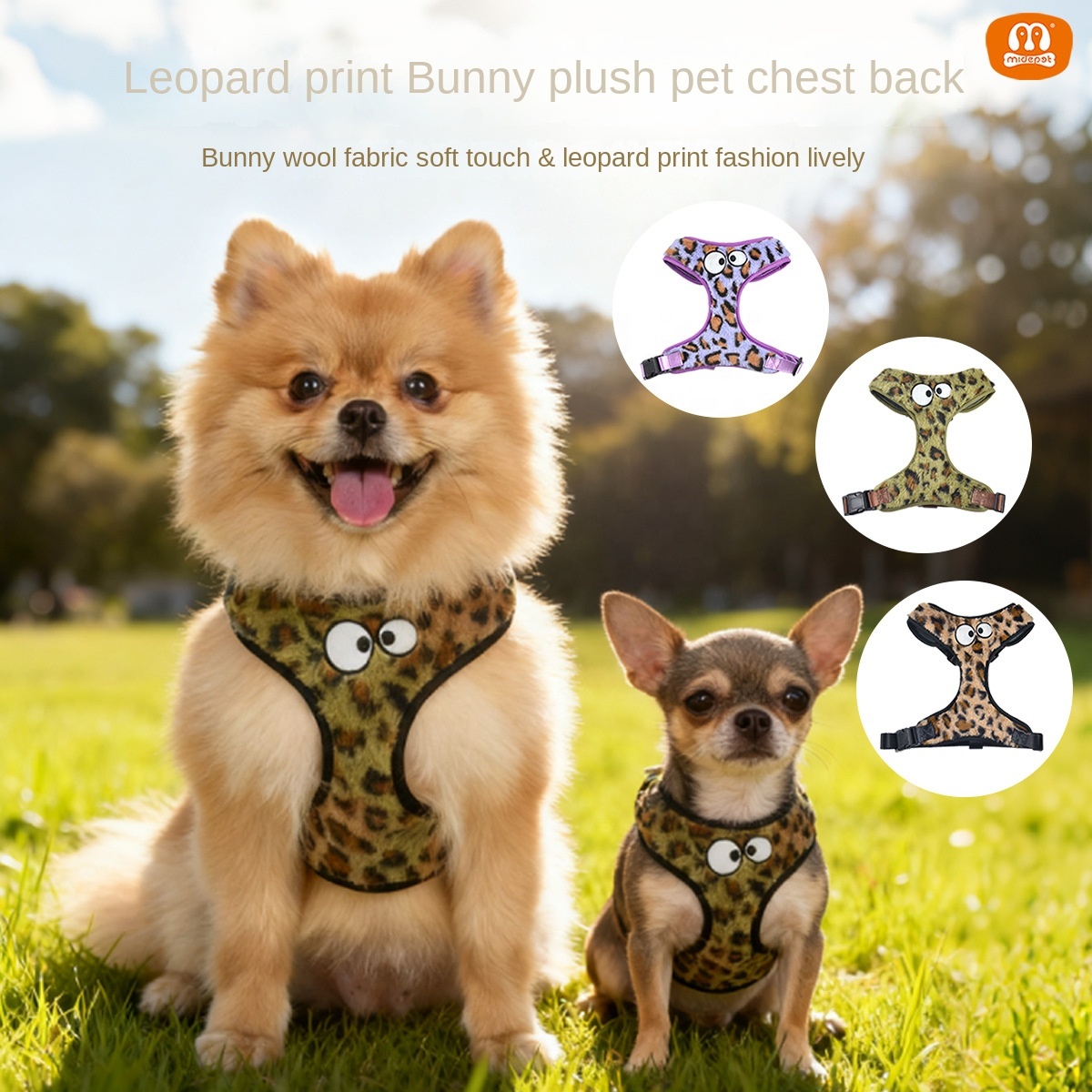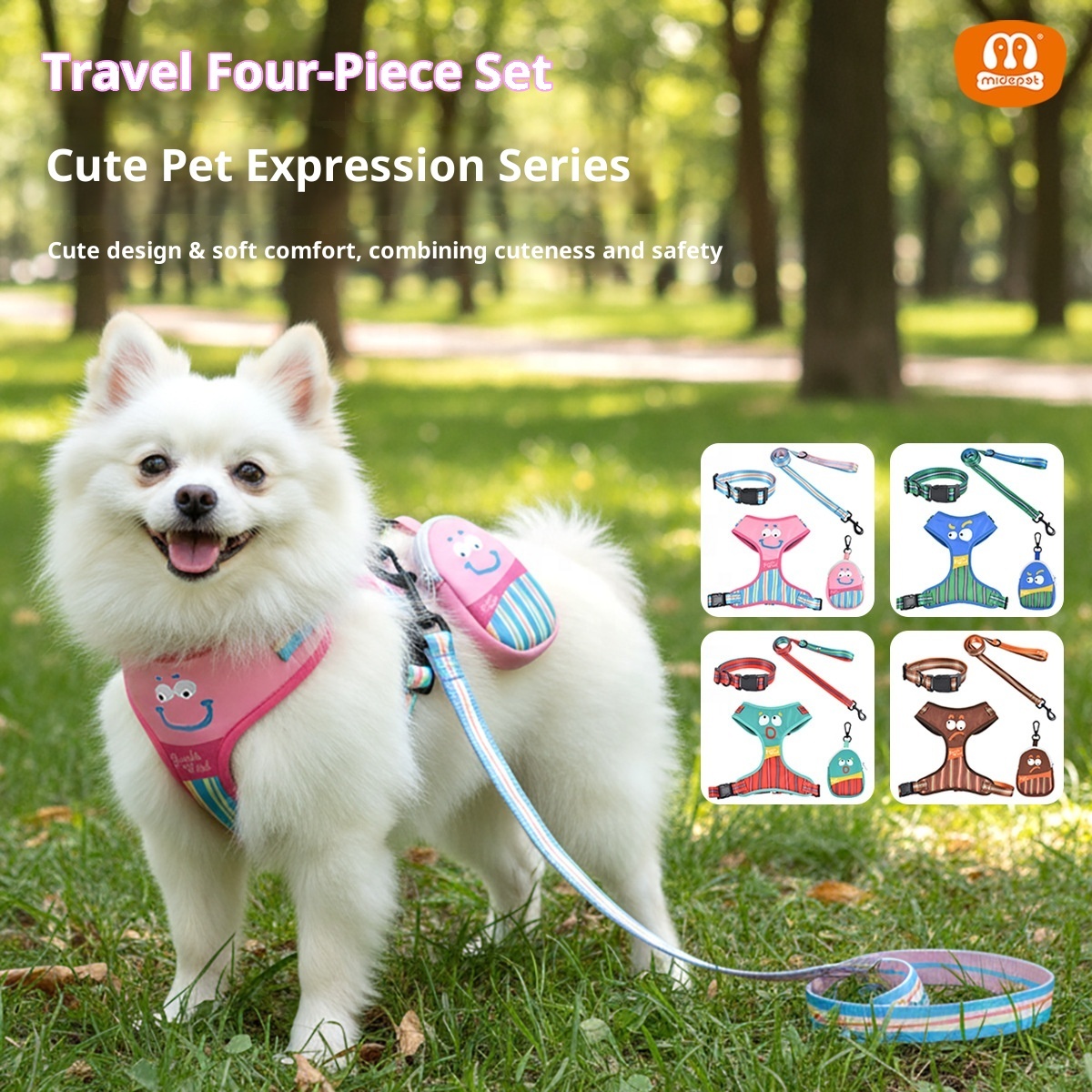How to Stop Dogs from Fighting in the Same Household
How to Stop Dogs from Fighting in the Same Household

Introduction
Why might dogs fight in the same household?
Everyone loves dogs, but getting two or more dogs to coexist peacefully under the same roof can sometimes be as challenging as trying to get cats and dogs to be best friends. Territoriality, competition for resources, and the addition of new members can all be triggers for dog fights.
Overview of Importance
Resolving dog fights is not only for the integrity of your family's carpets, but also for the safety and harmony of your family, as well as the mental health of your dogs. If you don't want your dogs to always be fighting like the bad guys in Zootopia, this article is for you!

Common Causes of Dog Fights
Territoriality
Dogs, like some “stubborn” humans, are naturally territorial. “This is my bed!” “That's my toy!” Any behavior that might infringe on their “territory” is seen as a challenge to their royal authority. The question is: How can two dogs share territory in a limited space without fighting? Simply put, it's hard.
Competition for Resources
If your dog is fighting over the last cookie or who gets to sleep next to you first, you're not alone. Competition for resources is a common cause of dog fights. Dogs may fight over food, toys, beds, or even you personally. This is why it's key to make sure your home is well stocked with resources. Especially toys, this is where you can go for wholesale dog toys this is more cost effective.
New dog joins the family
Imagine just moving into a new home, only to find out that your neighbors are super party-goers. For you, this can be very upsetting, and for dogs that already have residents, the addition of a new dog is like suddenly having one more person who is going to steal their party tickets. Tension and conflict may arise at the initial meeting.
Unneutered/De-sexed
Science has shown that unneutered/desexed dogs are more likely to exhibit aggressive behavior, especially if they are of the same sex. Doesn't that sound a little bit like “like kindred spirits”? So, if your dog is unneutered/desexed, this may be a reason for you to pay attention. It's also a good idea not to have both dogs operated on at the same time, as this will prevent conflict during recovery due to anxiety and discomfort.
Over-excitement
Dogs are sometimes just like human teenagers, they get too excited to play and accidentally fight. What may have started as a game of chase can suddenly turn into a “boxing match”. If your dog's playtime often escalates from “fun and games” to “fisticuffs,” watch out.

Strategies to Prevent Dog Fighting
Don't let your dog fight
This may sound like nonsense, but some people think that dog fights are natural and can be left to their own devices. This is not okay! You need to intervene before a fight occurs by setting rules and guiding your dog's behavior. When you see them getting nervous, distract them and stop the potential conflict. You are the “boss” of the house and they need to know that fighting is never allowed.
Proper Neutering/De-sexing
As mentioned above, spaying/neutering can greatly reduce aggression in dogs. But remember, it's best not to perform the procedure on both dogs at the same time, and give them each room to recover to avoid unnecessary conflict during this vulnerable time.
Introducing new members gradually
If you're planning to add a new doggy member, make sure to take your time. You can start with a scent exchange so that they can gradually get used to each other's presence. Separate your dogs, but allow them to familiarize themselves with each other by smelling each other's scent. You can also try taking walks together to try to get them used to each other's presence without touching. Don't rush them into becoming best friends, take your time and progress will always be made.
Resource Management
Most of the fights between dogs stem from the fight for resources. So, make sure that your home is well resourced to avoid them fighting over food, toys and other items. You can try to start feeding your dog food so that they understand that all goodies are distributed by you. For toys, it's best to control the time and let your dog know that you are the “toy master”.
Control Excitement
Too much excitement can lead to fights. Observe your dog's behavior and if they become overly excited during play, immediately interrupt the game by giving commands such as “stop” or “down”. Calm them down at the right time to prevent excitement from escalating into aggression.

Training and behavioral management
Importance of basic training
Good basic training is the key to avoiding fights. Teach them basic manners commands such as “wait”, “down” and “leave”. These simple commands can make a big difference in critical moments, especially when conflict may erupt.
Preventing Bullying Behavior
Bullying isn't just a problem in human schools; it exists in the world of dogs, too. If you notice that one dog is always dominating and trying to control another dog's behavior, it's time to intervene. Train them to follow the rules, prevent one dog from bullying the other, and ensure harmony in your home.
Establishing Owner Leadership
In a multi-dog household, the owner must make it clear that he or she is the “pack leader”. This doesn't mean you have to be a dictator, but you can establish yourself as a leader among the dogs through everyday behaviors such as waiting at the door and hand-feeding. This will minimize conflicts between dogs over leadership.
Emergency Measures for Dog Fighting
How to safely break up a dog fight
When dogs are fighting, it's important not to go right up to them and separate them, as this could get you hurt. Instead, you can try to break up the fight by distracting them with loud noises or spraying them with water. If the fight is very intense, you may need to cover one dog with a blanket to quickly separate them.
What to do after a fight
Dogs often feel emotional after a fight and need to be given plenty of time to calm down. Separate them and make sure they both have a quiet place to calm down. Then, slowly redirect their interactions to avoid another confrontation.

Special case: Assault triggered by health problems
Recognizing Health Problems
Sometimes a dog's aggressive behavior can stem from a health problem. When a dog suddenly begins to show unusual aggression, it may be a sign that he is not feeling well. Pain or discomfort may cause the dog to react defensively to the approach of another dog.
Talk to your veterinarian
If your dog suddenly becomes more aggressive, it is advisable to speak to your veterinarian as soon as possible to check if there is an underlying health issue that needs to be addressed. The veterinarian may recommend further tests to ensure that the dog's health is not triggering more conflict.
When to seek professional help
Hire a trainer
If you've tried everything and conflict between your dogs persists, it's wise to seek the help of a professional trainer. A professional trainer can help you identify potential problems between your dogs and provide a targeted training program.
Behavioral Consultation
In certain complex situations, the help of a pet behaviorist may be necessary. They can help you develop a more personalized solution to restore harmony in your home by analyzing your dog's behavioral patterns in depth.

Conclusion
Summary and Key Recommendations
With the above strategies, you can greatly reduce the likelihood of dog fights in your home. The key lies in prevention, training and resource management, and these measures will help you maintain harmony in your home.
Continuous Observation and Adjustment
Relationships between dogs are dynamic, and as an owner, you need to continually monitor how they interact and make adjustments as needed. Remember, a harmonious home environment is vital to your dog's mental health and your own peace of mind.








